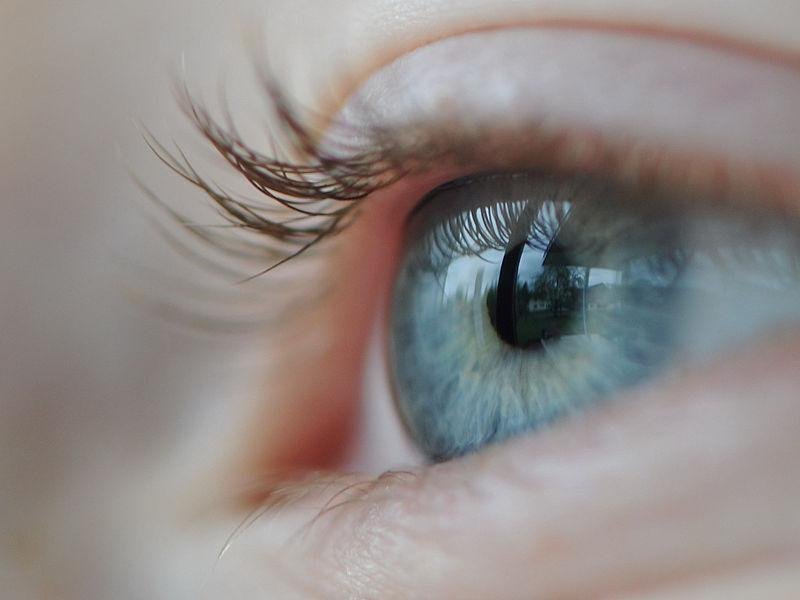A human eye. (CC/Böhringer)
Scientists at The University of Nottingham have discovered a previously undetected layer in the human cornea, the clear lens at the front of the eye.
The find, described in a study published in the journal Ophthalmology, could help surgeons improve outcomes for patients undergoing corneal grafts and transplants.
Scientists previously believed the cornea to be comprised of five layers, from front to back, the corneal epithelium, Bowman's layer, the corneal stroma, Descemet's membrane and the corneal endothelium.
The new layer has been called the Dua's Layer after Professor Harminder Dua who discovered it.
Dua said in a release that the discovery "will mean that ophthalmology textbooks will literally need to be re-written."
The new layer is just 15 microns thick, while the entire cornea is around 550 microns thick, or 0.5mm. Despite being such a thin layer, it is incredibly tough -- strong enough to be able to withstand up to two bars of pressure.
The scientists proved the existence of the layer by simulating human corneal transplants and grafts on eyes donated for research. During surgery, tiny bubbles of air were injected to gently separate the layers.
The scientists then subjected the separated layers to electron microscopy and discovered the existence of Dua's layer.
The new study may help surgeons better identify where in the cornea these bubbles are occurring during the operation. If they are able to precisely inject a bubble next to the Dua's layer, its strength means it will be less prone to tearing.
The discovery will have an impact on advancing understanding of a number of diseases of the cornea, including acute hydrops, Descematocele and pre-Descemet's dystrophies.
"From a clinical perspective, there are many diseases that affect the back of the cornea which clinicians across the world are already beginning to relate to the presence, absence or tear in this layer."
Scientists now believe that corneal hydrops, a bulging of the cornea caused by fluid buildup that occurs in patients with keratoconus, a conical deformity of the cornea, is caused by a tear in the Dua layer letting water in from the eye.















